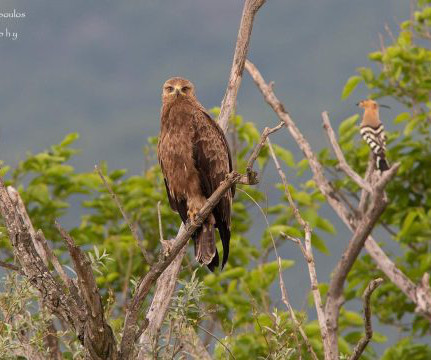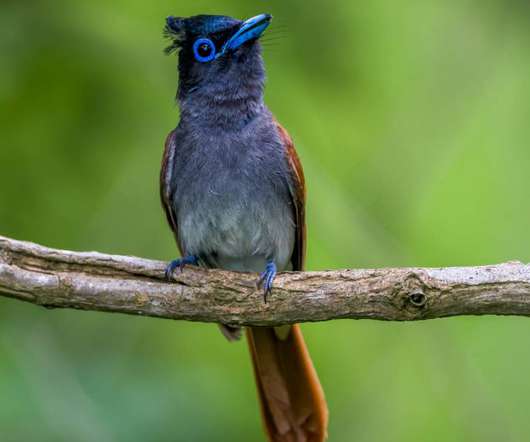Birding Lake Kerkini, Greece: Three Lazy Days
10,000 Birds
JULY 13, 2023
To round up the day, in our base-village of Chrisochorafa, we later had one adorable Little Owl just a few hundred metres from our hotel. I went to explore the best birding area of the national park, the legendary eastern levee, and this day started with another Little Owl in the next village.












Let's personalize your content